The Beauty and Elegance of Sepedi Traditional Attire.
The Beauty and Elegance of Sepedi Traditional Attire.

Introduction
Sepedi traditional attire holds a special place in South African culture, representing the beauty, elegance, and rich heritage of the Sepedi people. This traditional clothing serves as a form of expression, identity, and celebration of their cultural roots. From vibrant colors and intricate patterns to the use of traditional fabrics, Sepedi attire showcases the uniqueness and individuality of each wearer.
The significance of Sepedi traditional attire in South African culture
Wearing Sepedi traditional attire goes beyond just fashion; it is a visual representation of cultural pride and heritage. Here are some key points highlighting its significance:
- Cultural Identity: Sepedi traditional attire allows individuals to proudly identify with their Sepedi heritage. It symbolizes the preservation and promotion of their cultural traditions, values, and customs.
- Celebration: These traditional garments are often worn during special occasions and celebrations such as weddings, initiation ceremonies, and cultural festivals. They serve as a way to honor and pay homage to their ancestors.
- Artistry and Craftsmanship: Sepedi attire showcases the exquisite artistry and craftsmanship of the Sepedi people. It incorporates detailed beadwork, hand-sewn embroidery, and intricate designs that reflect the creativity and skill of the community.
- Community Unity: Wearing Sepedi traditional attire fosters a sense of belonging and unity within the Sepedi community. It allows individuals to connect with their roots, share their traditions, and strengthen their cultural bonds.
In conclusion, Sepedi traditional attire plays a vital role in preserving and celebrating the Sepedi culture in South Africa. It serves as a beautiful expression of identity, artistry, and community unity. By embracing and wearing this attire, individuals proudly showcase their heritage and keep their traditions alive.

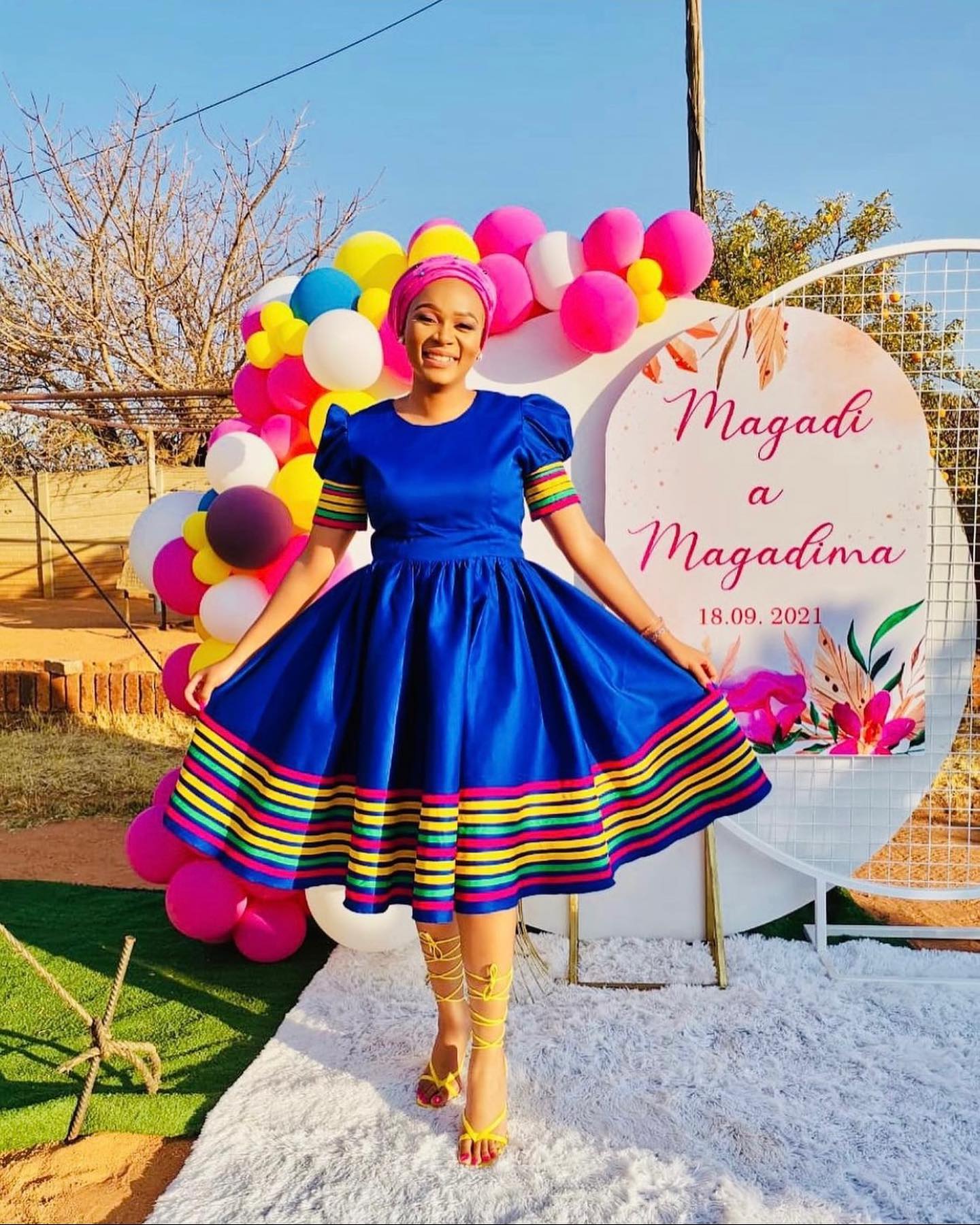
History and Cultural Influence
The origins and evolution of Sepedi traditional attire
Sepedi traditional attire is a true reflection of the rich cultural heritage of the Sepedi people, who are predominantly found in the Limpopo Province of South Africa. The traditional attire consists of various garments and accessories that have significant meanings and are worn on special occasions and celebrations.
The traditional attire has evolved over centuries, with influences from the clothing worn by the Pedi tribe, as well as interactions with other cultures. Historically, the clothing was made from animal hides and adorned with beads, shells, and feathers. Today, the attire incorporates modern fabrics and designs while still preserving its traditional elements.
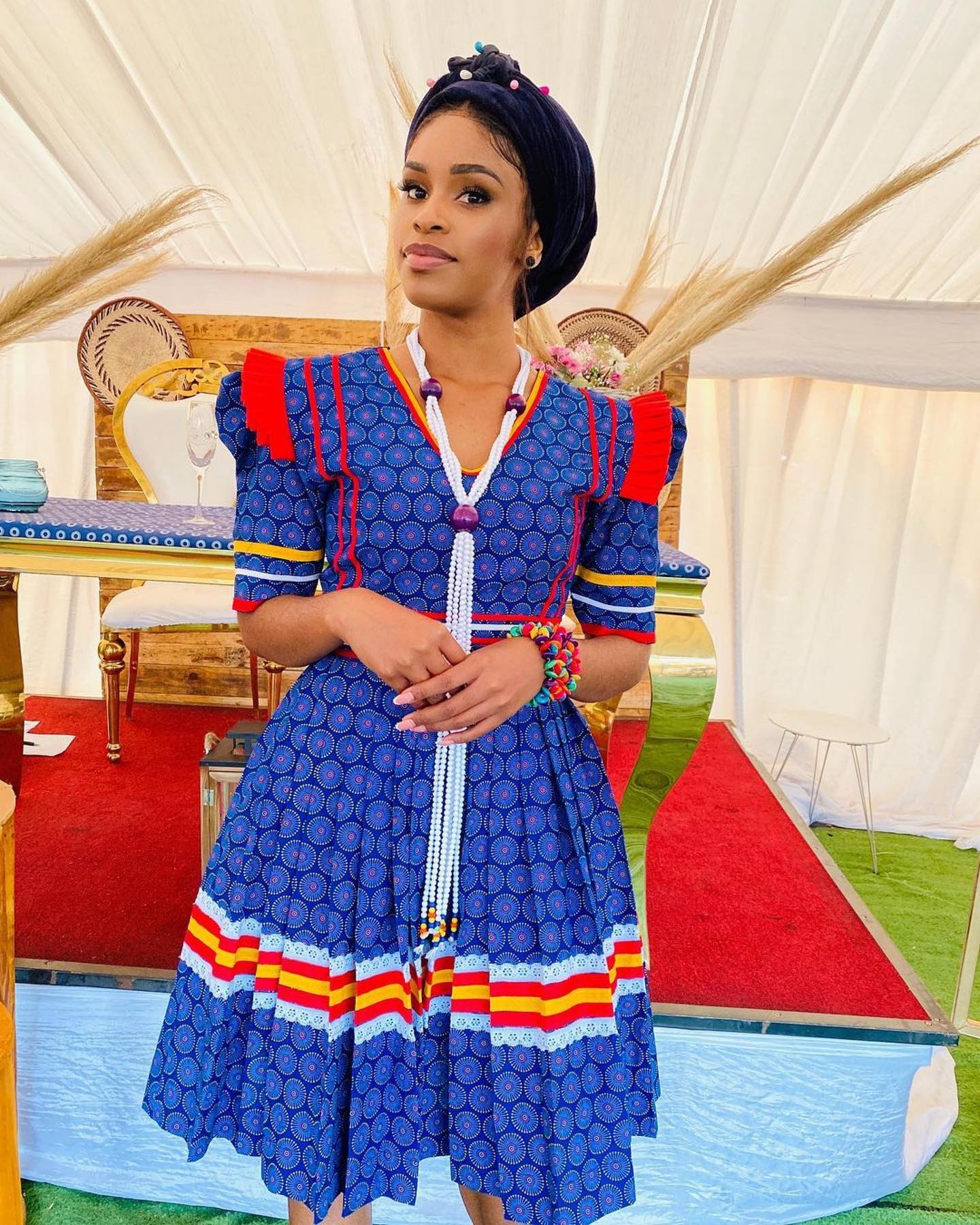
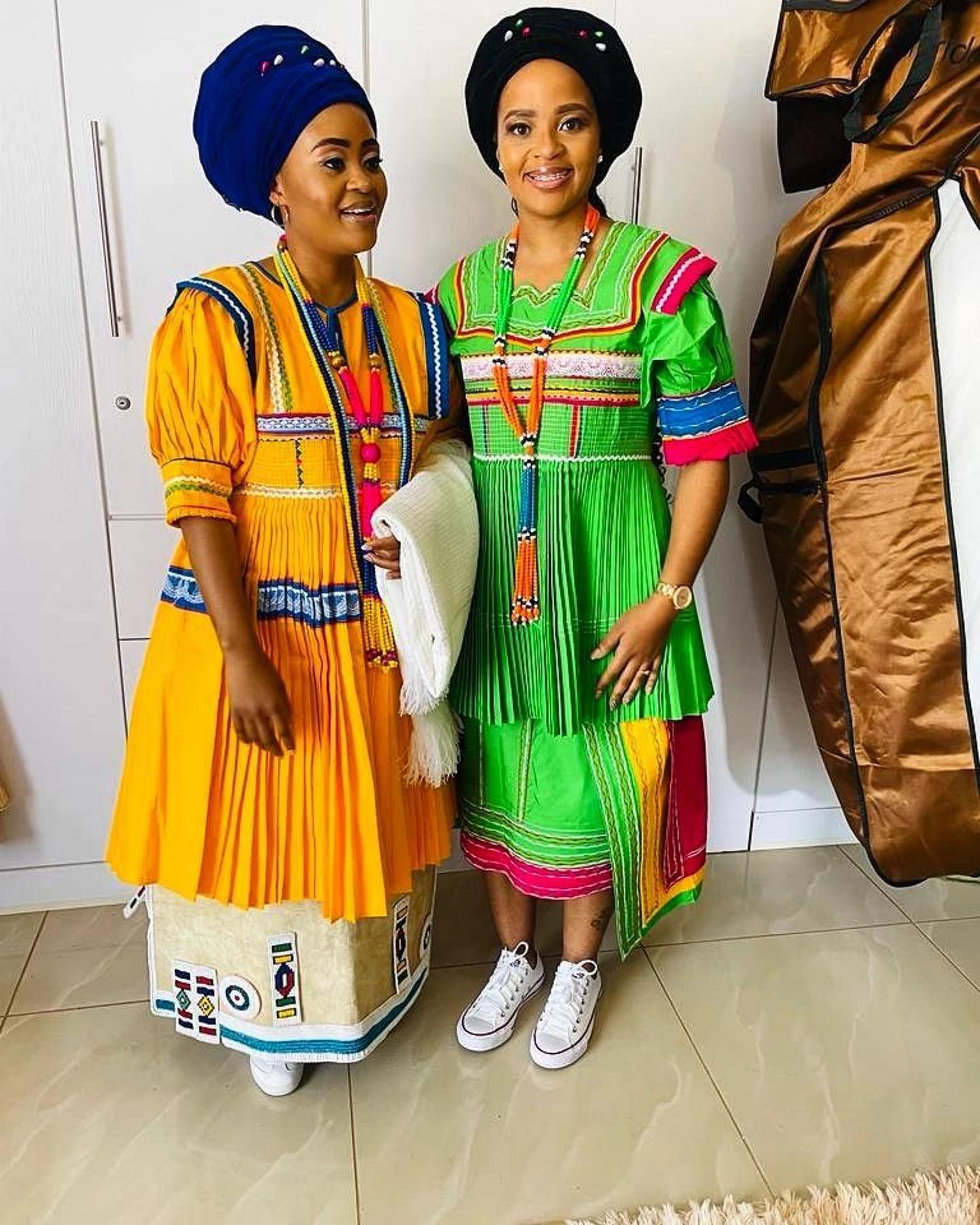
Influence of colonialism and modernization on Sepedi fashion
Colonialism and modernization have had a significant impact on Sepedi fashion. During the colonial era, Western clothing styles were introduced, and Sepedi people began to incorporate these styles into their traditional attire. This fusion resulted in unique and vibrant fashion statements that showcased the adaptability and creativity of the Sepedi people.
In modern times, Sepedi traditional attire continues to evolve with influences from global fashion trends. Younger generations experiment with various styles, colors, and fabrics, while still maintaining the essence of Sepedi culture. The beauty and elegance of Sepedi traditional attire have gained recognition not only within the Sepedi community but also among fashion enthusiasts worldwide.
As the Sepedi community celebrates its cultural heritage, traditional attire plays a vital role in preserving and showcasing the beauty and elegance of Sepedi culture. It stands as a symbol of pride, identity, and connection to their ancestors, and it continues to inspire and captivate people with its unique blend of tradition and modernity.
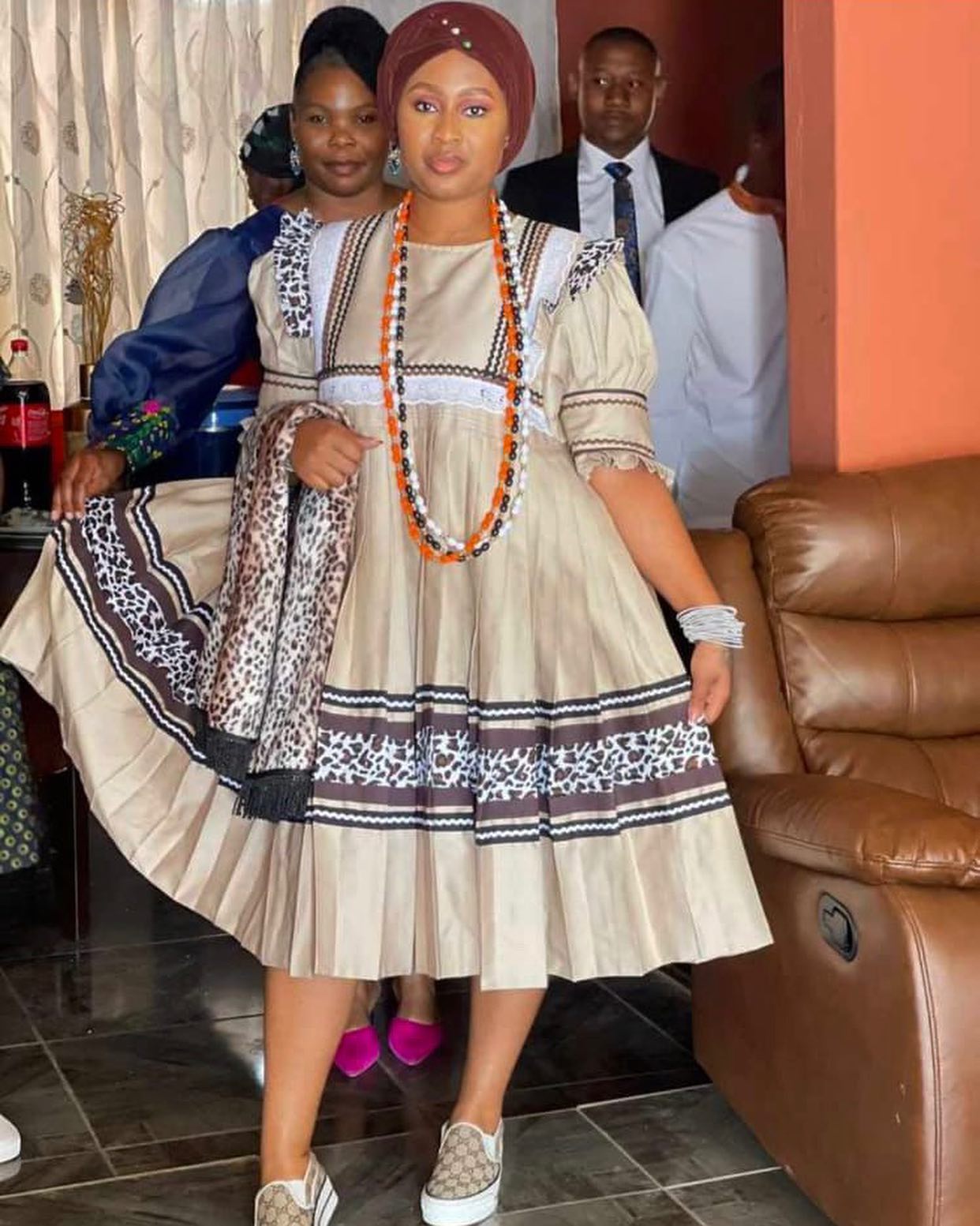
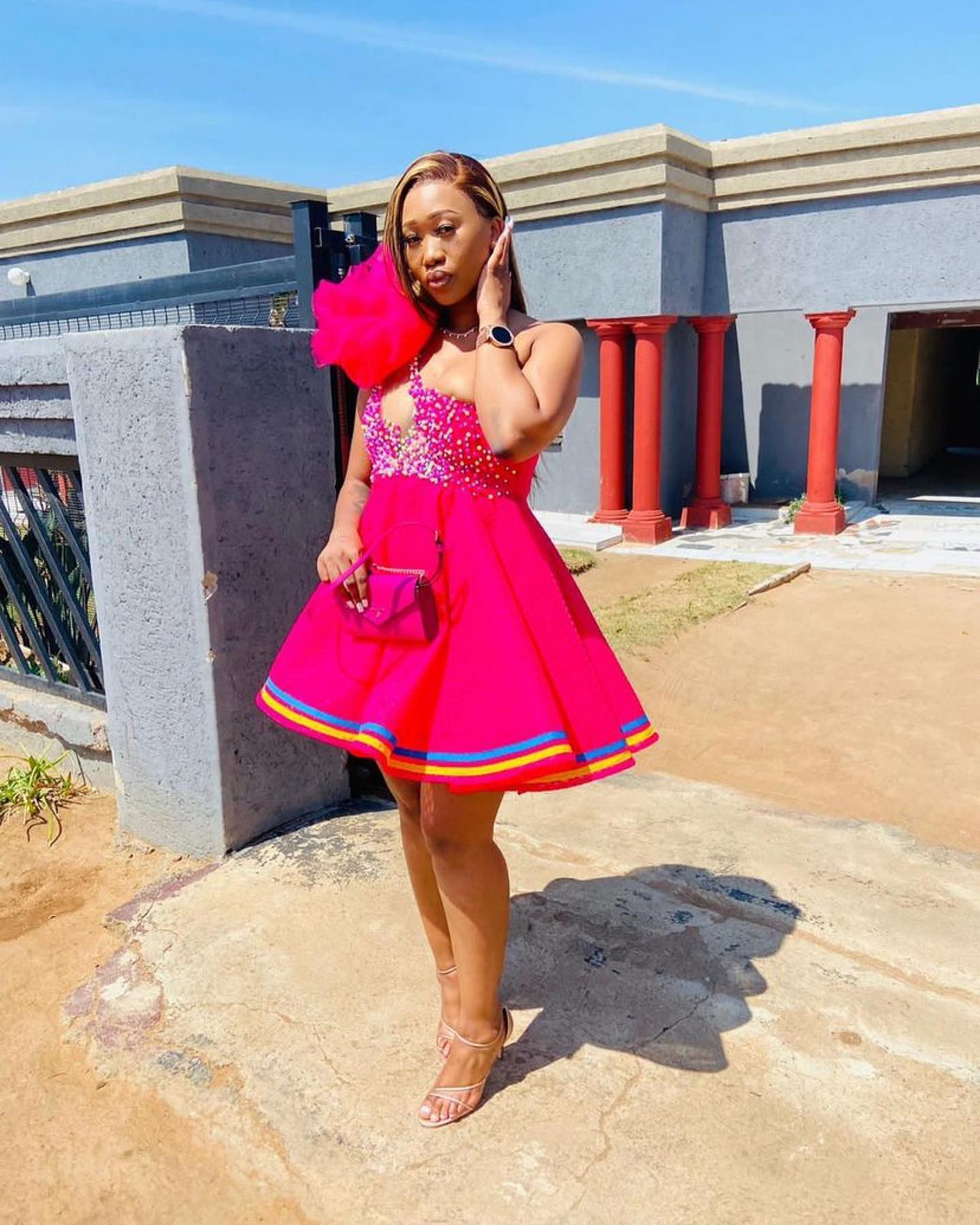
Types of Sepedi Traditional Attire
Sepedi traditional attire is known for its beauty and elegance. It represents the rich cultural heritage of the Sepedi people in South Africa. There are different styles and variations of Sepedi traditional attire that are worn on various occasions.
Different styles and variations of Sepedi traditional attire
- Shweshwe Dresses: These dresses are made from Shweshwe fabric, which is a printed cotton material. They are usually colorful and feature intricate patterns. Shweshwe dresses are commonly worn by women for traditional weddings and other festive events.
- Magents: Magents are traditional skirts that are worn by both men and women. They are made from colorful fabric and are often paired with a matching top. Magents are commonly worn during cultural ceremonies and celebrations.
- Malebolo: Malebolo is a traditional attire worn by women. It consists of a skirt and a matching top, usually made from vibrant fabric adorned with beads and embroidery. Malebolo is worn for traditional ceremonies and special occasions.


Distinctive features and symbolism of each style
- Shweshwe Dresses symbolize femininity and grace. The vibrant colors and intricate patterns represent the joy and celebration of special occasions.
- Magents are symbolic of unity and community. They represent the collective identity of the Sepedi people and are worn during cultural events as a way of showing cultural pride.
- Malebolo represents the beauty and strength of Sepedi women. The colorful fabric and intricate beadwork showcase their creativity and traditional values.
In conclusion, the beauty and elegance of Sepedi traditional attire lies in its vibrant colors, intricate patterns, and symbolic significance. Wearing Sepedi traditional attire is a way of embracing and preserving the rich cultural heritage of the Sepedi people.
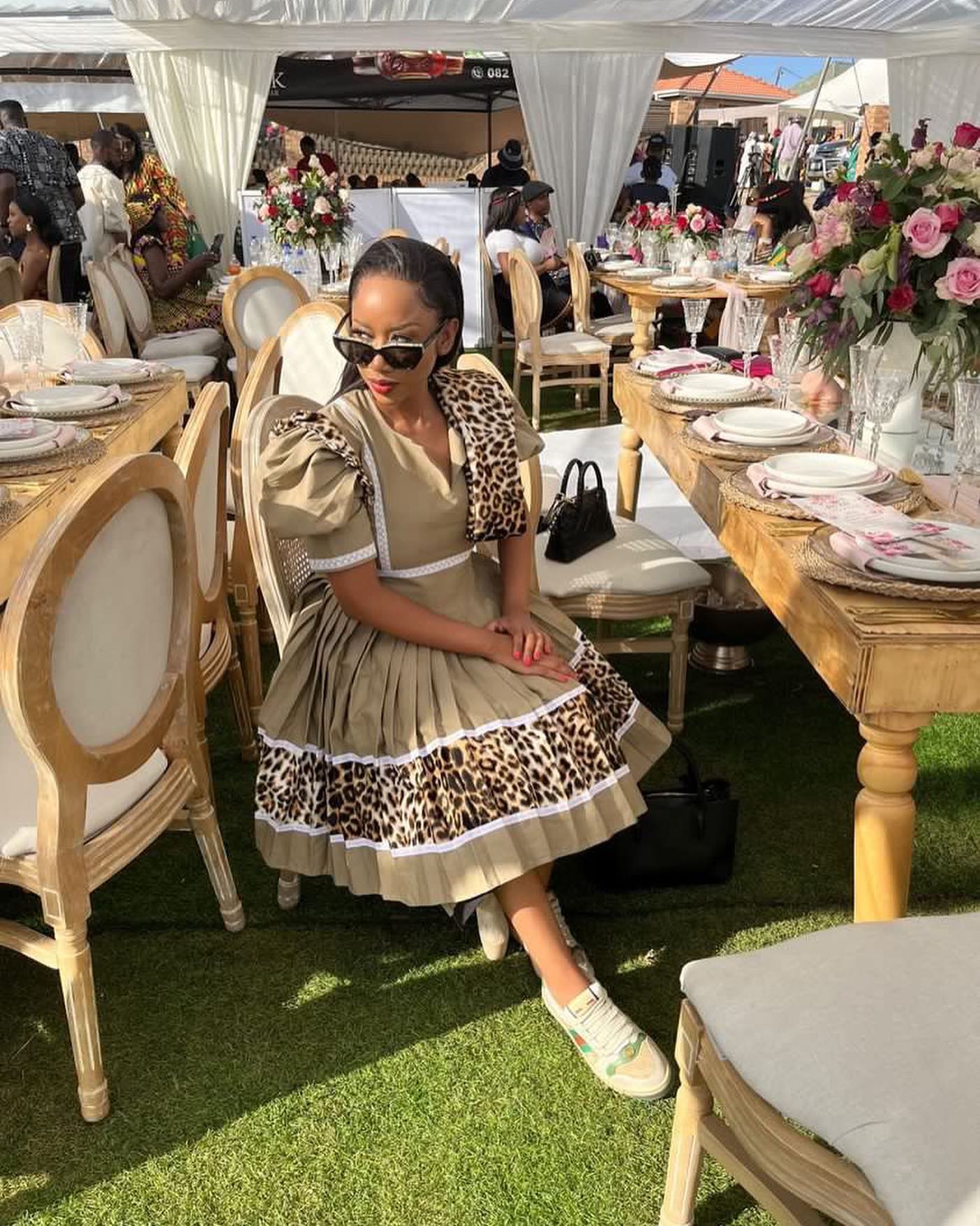

Fabrics and Patterns
Traditional fabrics used in Sepedi attire
Sepedi traditional attire is known for its vibrant and eye-catching fabrics. The women often wear a garment called a “thobega,” which is made from various fabrics such as cotton, wool, and satin. These fabrics are carefully chosen for their comfort, durability, and ability to showcase the vibrant colors and patterns of Sepedi culture.
Meaning and significance of patterns and colors
Patterns and colors play a vital role in Sepedi traditional attire, as they convey important messages and symbols. Each pattern and color represents a specific meaning, often reflecting the wearer’s age, marital status, or position in the community. For example, a married woman may wear a different pattern or color than an unmarried woman, and a young girl may wear a distinctive pattern to signify her transition into womanhood.
The colors used in Sepedi traditional attire are rich and diverse, ranging from bold, vibrant hues to softer, earthy tones. Red is a popular color and represents love, passion, and strength. Blue symbolizes peace and tranquility, while yellow signifies wealth and happiness. These colors are carefully chosen to reflect the values and aspirations of the Sepedi people.
Sepedi traditional attire is not only beautiful and elegant but also deeply rooted in the culture and traditions of the Sepedi people. It serves as a proud expression of their identity and heritage, and wearing it is a way to honor and celebrate their rich cultural history.

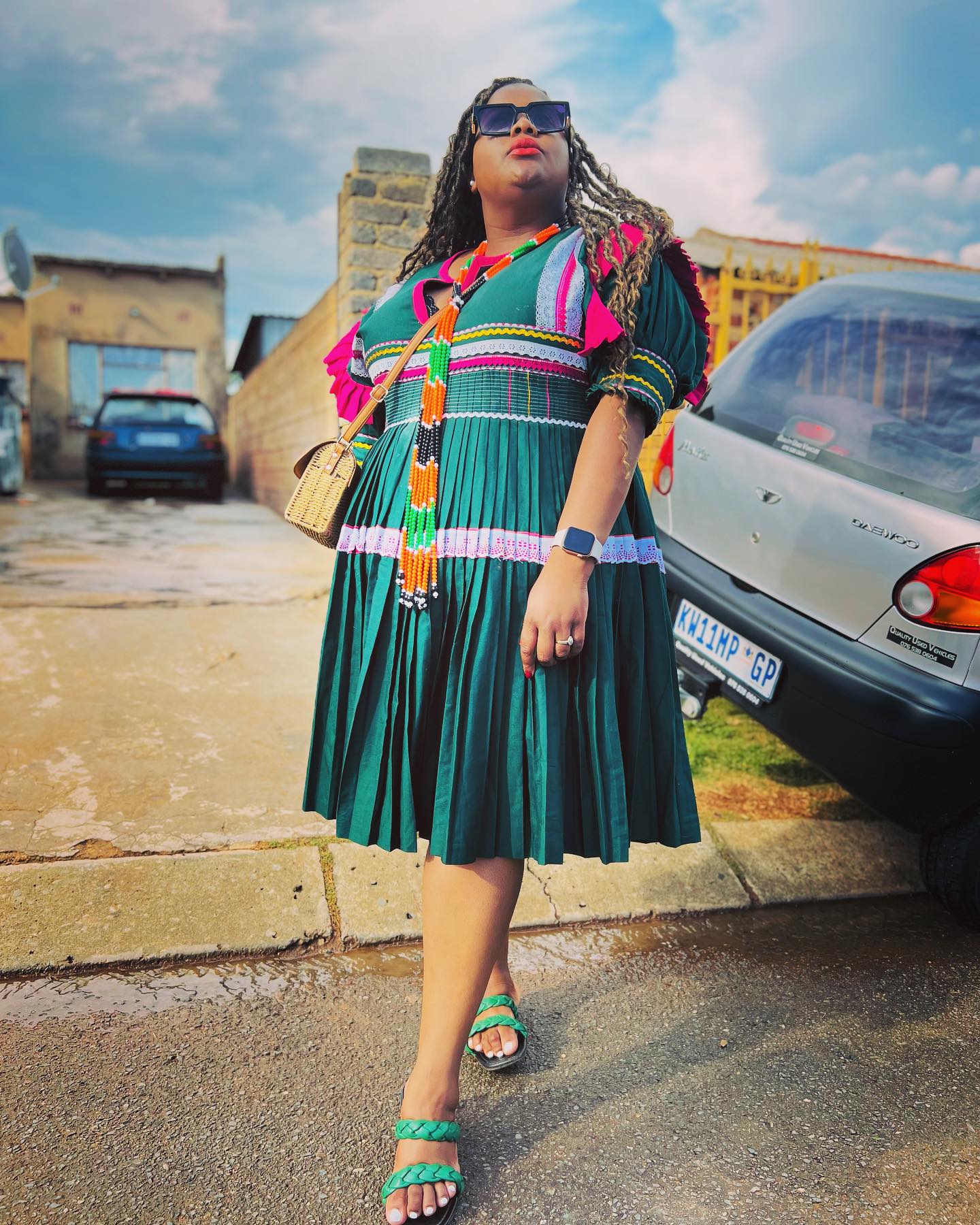
Accessories and Embellishments
Traditional accessories to complement Sepedi attire
Sepedi traditional attire is known for its rich and vibrant colors, intricate patterns, and unique designs. To complete the look, traditional accessories are essential. Women often wear a doek, a headwrap made from colorful fabric, which adds elegance and beauty to the overall outfit. Other accessories include necklaces, bracelets, and earrings made from beads, shells, or animal bones, showcasing the cultural heritage of the Sepedi people.
Embroidery, beadwork, and other embellishments
One of the distinctive features of Sepedi traditional attire is the intricate embroidery and beadwork. These embellishments are meticulously handcrafted and are often inspired by nature, mythology, or tribal symbols. The intricate patterns and vibrant colors add depth and beauty to the garments. It is not uncommon to see elaborate beadwork on collars, sleeves, and hems of dresses, showcasing the craftsmanship and artistic skills of the Sepedi people.
The beauty and elegance of Sepedi traditional attire lie in its attention to detail and the cultural significance it carries. The accessories and embellishments not only enhance the aesthetic appeal of the outfits but also serve as a way to preserve and celebrate the rich heritage of the Sepedi people. Whether worn for special occasions or everyday wear, Sepedi traditional attire is a testament to the creativity and pride of the culture.


Contemporary Adaptations
Modern trends and innovations in Sepedi traditional attire
Sepedi traditional attire is known for its beauty, elegance, and rich cultural significance. Over the years, there have been modern trends and innovations that have brought a fresh and contemporary twist to this traditional clothing style.
Today, designers and fashion enthusiasts are finding creative ways to incorporate modern elements into Sepedi traditional attire. This includes the use of vibrant colors, intricate beadwork, and stylish patterns that enhance the overall look and feel of the garments.
One popular trend is the fusion of traditional and western styles, resulting in unique and eye-catching outfits. This blend allows individuals to embrace their cultural heritage while also embracing contemporary fashion.
Another innovation is the use of different fabrics and textures. While traditional attire is typically made from woven or printed fabrics, there is now a wide range of options, including silk, chiffon, and satin. These fabrics add a touch of luxury and sophistication to the traditional garments.
Accessories also play a vital role in modernizing Sepedi traditional attire. Women often adorn themselves with statement jewelry, such as necklaces, bracelets, and earrings, that complement their outfits. Men incorporate accessories like hats, belts, and stylish footwear to complete their ensemble.
The beauty and elegance of Sepedi traditional attire have not diminished with time. Instead, they have evolved with modern trends and innovations, making it even more appealing to a contemporary audience. Whether for cultural celebrations, weddings, or special occasions, wearing Sepedi traditional attire allows individuals to connect with their heritage while embracing the beauty of the present.


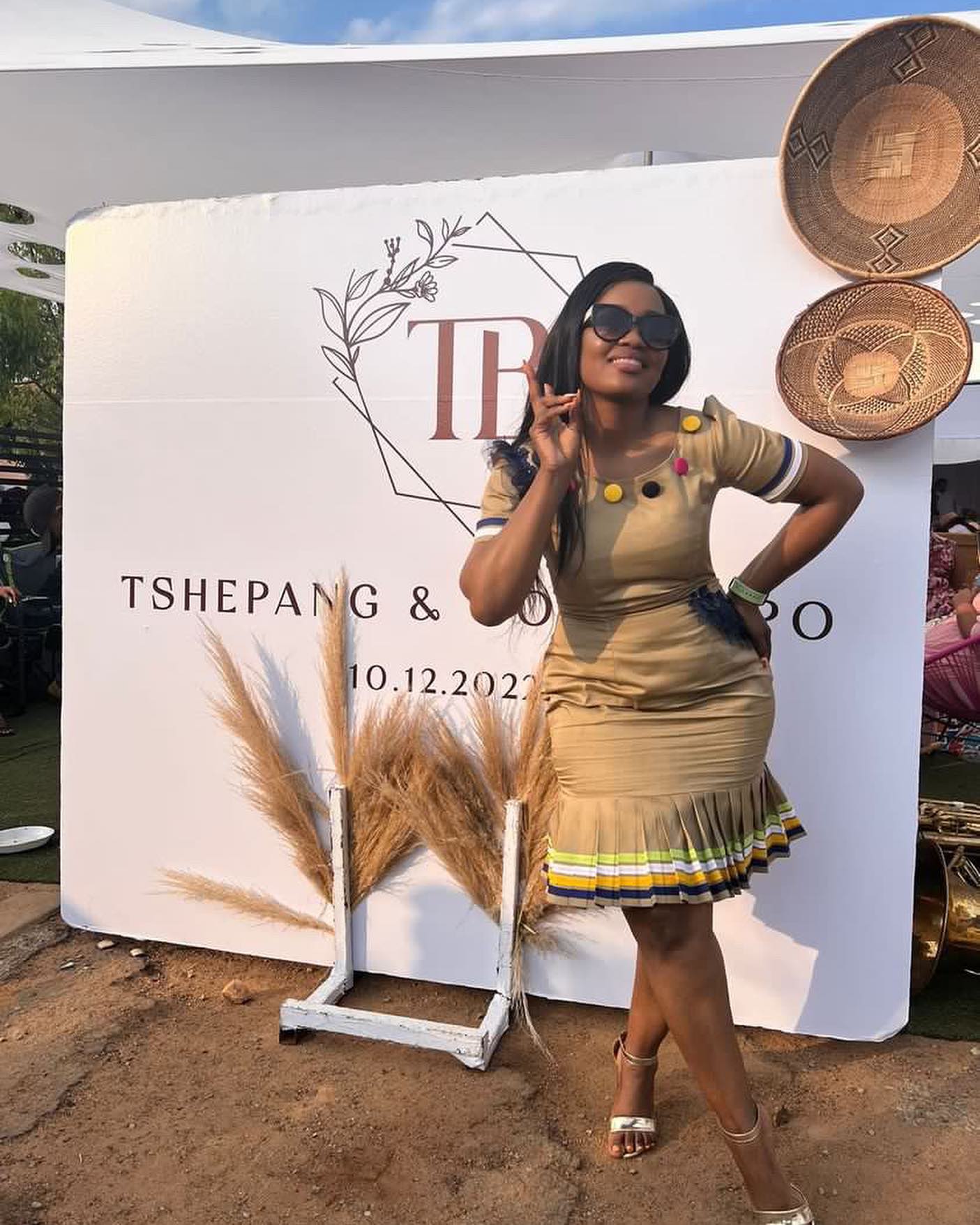
Comments are closed.